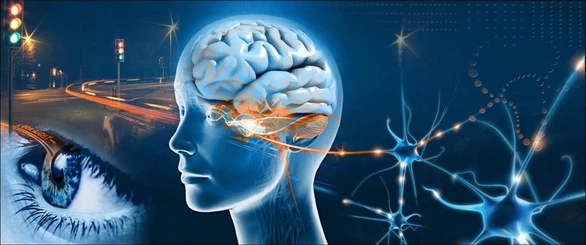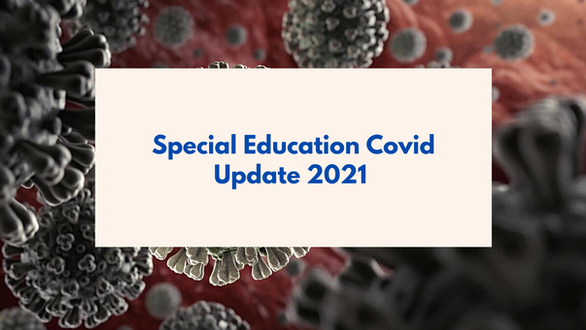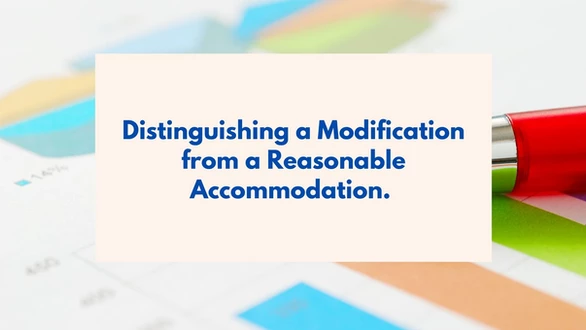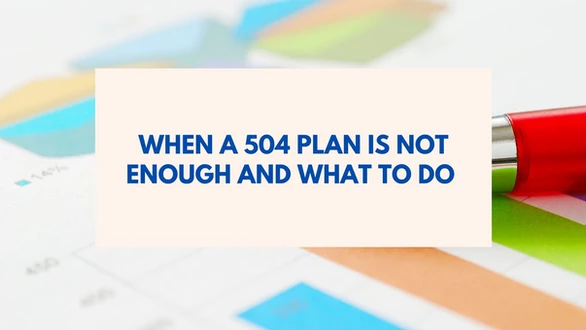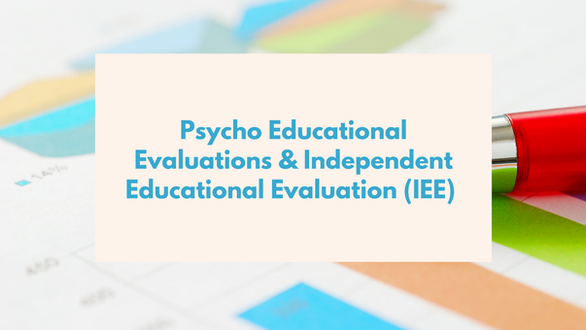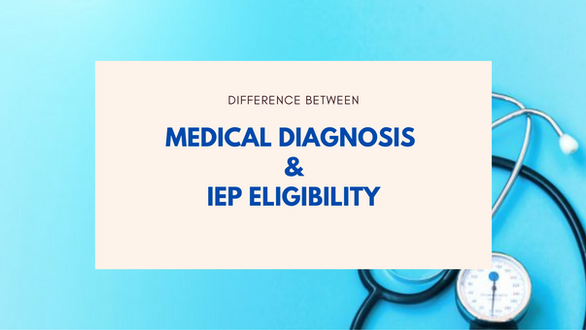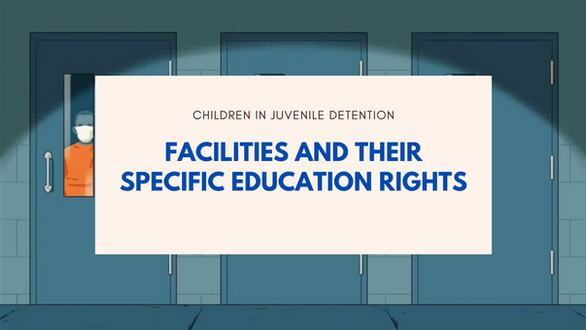Not every child with learning and thinking differences is eligible for special education services.
If your child has learning and thinking differences—or if you suspect s/he does—you may be eager for the child to receive special education services. To find out if s/he’s eligible, school officials have to do two things. First, they must determine if your child has a “covered” disability. Second, they have to determine if it’s severe enough for him or her to need special education services. However, a local educational agency is not required to take into consideration whether a pupil has a severe discrepancy between achievement and intellectual ability in oral expression, listening comprehension, written expression, basic reading skill, reading comprehension, mathematical calculation, or mathematical reasoning (Cal Ed Section 56333-56338).
Though Special education eligibility is bound by IDEA but there are no definite rules for determining who is eligible for special education. This is a VERY important concept to understand. It means that under the law, the IEP team has the flexibility to determine if a child qualifies for services.
Criteria states that to qualify for special education services, a child must have one of the 13 disabilities as defined by IDEA AND the impact of the disability must create a need for services.
Examples of adverse impacts include:
- A discrepancy between performance and ability
- Limited progress, or deficiency in cognitive areas
- Evidence of emotional or behavioral disturbances
- Problems with fine or gross motor skills.
For example, if a child is developmentally and chronologically ten years old but continues to read at a first grade level, the adverse effect would be a limited progression in reading.
A statistical breakdown from 2007 shows the percentages of children in each of the 13 categories of special education.
Specific Learning Disability: 44.6% Speech and Language: 19.1% Other Health Impaired: 9.9% Mental Retardation: 8.6% Emotional Disturbance: 7.5% Autism Spectrum Disorder: 3.7% Multiple Disabilities: 2.2% Developmental Delay 1.4% Hearing Impaired 1.2% Orthopedic Impaired: 1.0% Visually Impaired: .04% Traumatic Brain Injury: .04% Deaf and Blindness: .04%
With regards to ADHD and autism spectrum disorders, IDEA allows school districts to add classifications at their discretion. This means that if a disorder is severe, the IEP team can determine that a child needs special education services. Many districts use the “Other Health Impaired” category for these types of situations.
If your child’s performance is NOT hindered by their disability, they may not qualify for services, even if they have one of the thirteen disabilities.
Consequently, determining if a child is eligible is not cut and dry. It really depends on the child and their specific situation. Fortunately, IDEA was written to support this flexibility.
IS IT POSSIBLE TO USE OHI AS OTHER CRITERIA TO GET THE IEP?
Before we launch into more about how to access special services to help a child with OHI, let’s look at how IDEA defines “other health impairment.” That definition, in combination with a state’s policies, is a very important factor in whether or not a child is found eligible for services.
“Other health impairment” means having limited strength, vitality or alertness, including a heightened alertness to environmental stimuli, that results in limited alertness with respect to the educational environment that is due to chronic or acute health problems such as asthma, attention deficit disorder or attention deficit hyperactivity disorder, diabetes, epilepsy, a heart condition, hemophilia, lead poisoning, leukemia, nephritis, rheumatic fever, Tourette’s Syndrome, and sickle cell anemia; and adversely affects a child’s educational performance.
“Other Health Impairment” is one of the 14 categories of disability listed in our nation’s special education law, the Individuals with Disabilities Education Act (IDEA). Under IDEA, a child who has an “other health impairment” is very likely to be eligible for special services to help the child address his or her educational, developmental, and functional needs resulting from the disability.
CAN PARENTS ASK FOR ACADEMIC GOALS FOR IEPs UNDER OHI?
An IEP is a written statement for a child with a disability that is developed, reviewed, and revised in a meeting in keeping with certain requirements of law and regulations.
The IEP has two general purposes: (1) to establish measurable annual goals for the child; and (2) to state the special education and related services and supplementary aids and services that the public agency will provide to, or on behalf of, the child.
Whether an IEP is granted under OHI or not, the IEP must contain:
- A statement of the child’s present levels of academic achievement and functional performance, including how the child’s disability affects his or her involvement and progress in the general education curriculum;
- A statement of measurable annual goals, including academic and functional goals;
- A description of how the child’s progress toward meeting the annual goals will be measured, and when periodic progress reports will be provided;
- A statement of the special education and related services and supplementary aids and services to be provided to the child, or on behalf of the child;
- A statement of the program modifications or supports for school personnel that will be provided to enable the child to advance appropriately toward attaining the annual goals; to be involved in and make progress in the general education curriculum and to participate in extracurricular and other nonacademic activities; and to be educated and participate with other children with disabilities and nondisabled children;
CONCLUSION
An umbrella term, “other health impairment” (OHI) encompasses a range of conditions. Under IDEA, a child who has an “other health impairment” is very likely to be eligible for special services to help the child address his or her educational, developmental, and functional needs resulting from the disorder.
Though The Individuals with Disabilities Education Act (IDEA) names several such disorders in OHI’s official definition, The National Dissemination Center for Children with Disabilities (abbreviated NICHCY) labels “such as” as key words within IDEA’s definition. These two words acknowledge that conditions not directly named in the definition can still meet the qualifications needed to fall within the OHI category.


